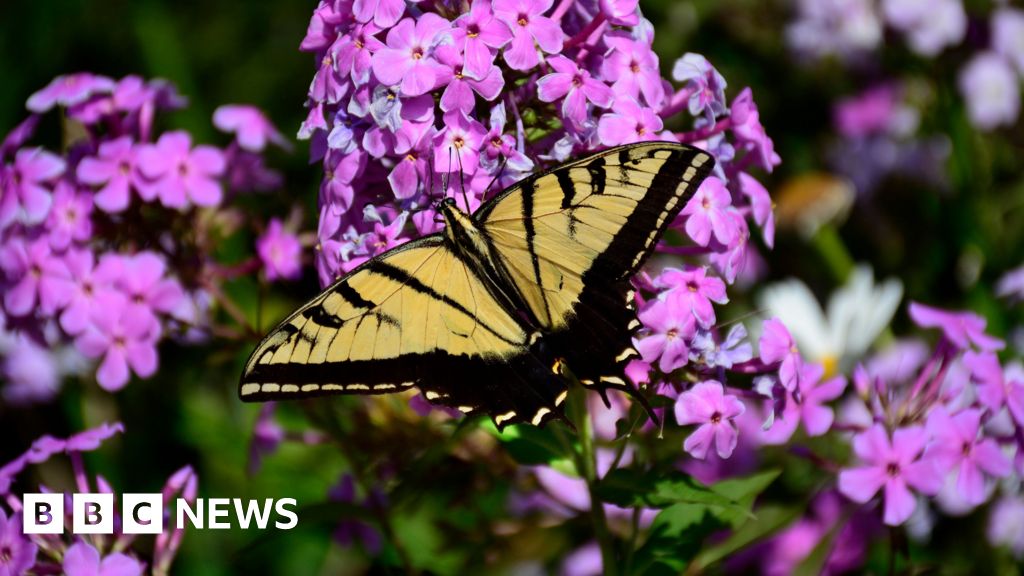Study Reveals Alarming Decline of Butterfly Populations in the U.S.
Butterfly populations in the U.S. have decreased by 22% since 2000 due to insecticides, climate change, and habitat loss, signaling ecosystem health issues.
Overview
A comprehensive study found that butterfly populations in the U.S. declined by 22% from 2000 to 2020, with 33% of species facing significant decreases. Key factors include habitat loss, pesticide use, and climate change. The findings underscore a worrying trend for ecosystems as butterflies are vital pollinators and indicators of environmental health. Urgent conservation measures are recommended to prevent further decline and support recovery efforts.
Content generated by AI—learn more or report issue.

Get both sides in 5 minutes with our daily newsletter.
Analysis
- The decline of butterfly populations in the U.S. is alarming, with a 22% decrease since 2000, primarily due to climate change, habitat loss, and the use of insecticides.
- Urgent conservation measures are essential to reverse the decline in butterfly populations, which are important indicators of ecosystem health and crucial pollinators for crops and plants.
- Despite the grim statistics, there are opportunities for recovery through habitat restoration and individual actions that can help support local butterfly populations.
Articles (3)
Center (3)
FAQ
The primary factors contributing to the decline of butterfly populations in the U.S. include habitat loss, pesticide use, and climate change.
Butterfly populations are vital indicators of ecosystem health and serve as important pollinators, contributing to the overall biodiversity and stability of ecosystems.
Conservation measures such as restoring habitats, reducing pesticide use, and addressing climate change are recommended to prevent further decline and support recovery efforts.
Yes, the monarch butterfly is one species facing significant declines, with populations in the western U.S. reaching near 30-year lows.
History
- This story does not have any previous versions.

